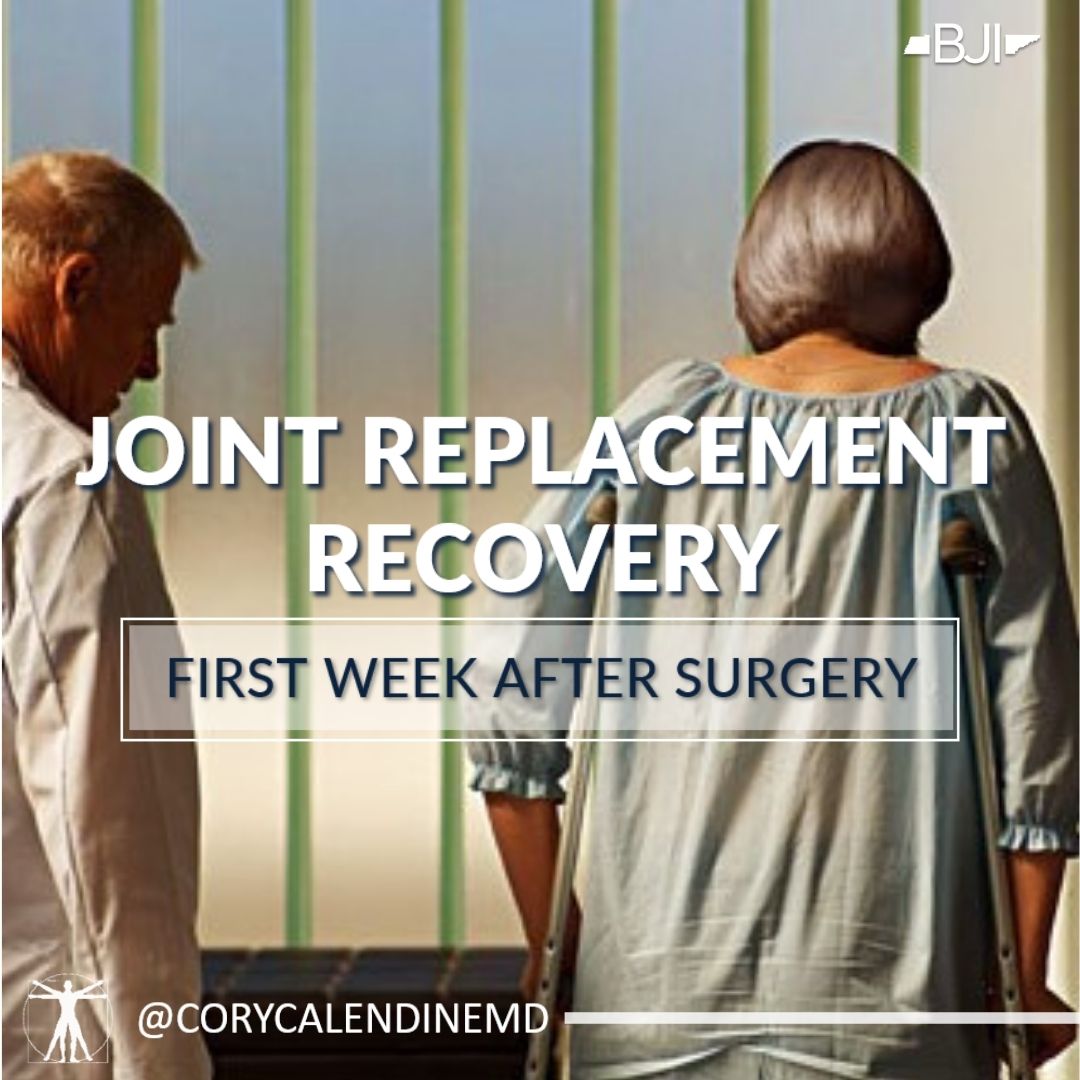What Is the Subvastus Approach to Knee Replacement
When it comes to knee replacement, there is no such thing as a one-size-fits-all approach. Every knee, and every patient, is different. As an orthopedic surgeon, my goal is to help patients recover faster, move better, and get back to the life they enjoy. One of the ways I do that is by using the subvastus approach to knee replacement, powered by Mako robotic technology.
If you have been told you need a knee replacement, or if you are researching options for surgery, you may have come across terms like subvastus, minimally invasive, or robotic-assisted knee surgery. Let me break down what those mean—and why the combination can lead to better outcomes.
What Is the Subvastus Approach?
In traditional knee replacement surgery, the surgeon often cuts through or splits the quadriceps tendon to access the joint. That works—but it also means more trauma to the muscles that control how you walk, climb stairs, or get out of a chair. The subvastus approach is different. Instead of cutting the quadriceps, I go underneath a muscle called the vastus medialis (part of your inner thigh). This technique preserves the quadriceps muscle entirely. That means:
.png)
- Less muscle damage
- Less pain after surgery
- Faster recovery
- Less need for assistive devices like walkers
- Better long-term mobility
This is why you might also hear it called a muscle-sparing or quadriceps-sparing technique.
What Is the SubV Knee?
At our practice, we sometimes refer to this as the SubV Knee - short for "subvastus." It reflects a commitment to minimally invasive techniques that protect the muscle, reduce downtime, and improve early recovery.
Where Robotics Comes In: The Mako Advantage
Now, here is where technology makes a great technique even better.
I use the Mako robotic-arm system during knee replacement to plan and execute surgery with a high degree of accuracy. This system creates a personalized 3D model of your knee using a CT scan. During surgery, the robot assists with bone preparation and implant positioning within a tiny margin of error.
When I combine the subvastus approach with Mako robotic-assisted surgery, here is what patients get:
- Smaller incision
- More precise alignment
- Balanced soft tissue and ligaments
- Personalized implant fit
- Fewer complications
- Quicker return to walking
This combination is especially powerful for active adults who want to get back to work, travel, or sports as quickly as possible.
Is the Subvastus Approach Right for Everyone?
Not every patient is a candidate. Patients with severe deformity, large leg muscles, or previous surgeries may benefit more from another approach. But for many, especially those with arthritis or wear-and-tear injuries, the SubV with Mako approach offers a smart path forward.
During your evaluation, I look at several factors including anatomy, flexibility, imaging, and medical history to determine the best approach for your unique knee.
What Patients Say
Many of my patients are surprised by how quickly they bounce back after this type of surgery. Several are walking with minimal help in just a few days. The most common feedback I hear?
"I thought this recovery would be a lot harder. I was wrong."
That is the power of combining a muscle-sparing technique with the precision of robotic guidance.
Additional Information: What to Expect After Robotic Subvastus Knee Replacement
What to Ask Your Surgeon
If you are considering knee replacement, I encourage you to ask:
- Do you offer the subvastus approach?
- Do you use robotic assistance during surgery?
- What kind of recovery can I expect with this combination?
Make sure your surgeon has experience with both. The technique and the technology matter.
By Cory Calendine, M.D., Hip & Knee Replacement Specialist, Franklin, TN
Serving Patients in Franklin, Brentwood, and Greater Nashville - I perform robotic subvastus total knee replacements at our surgical center in Franklin, TN and care for patients across Brentwood, Nashville, Spring Hill, and surrounding areas. If you are searching for a knee replacement expert in Tennessee who uses advanced techniques like SubV with Mako, I would be happy to discuss your options in a personal consultation.



.png)

.png)


